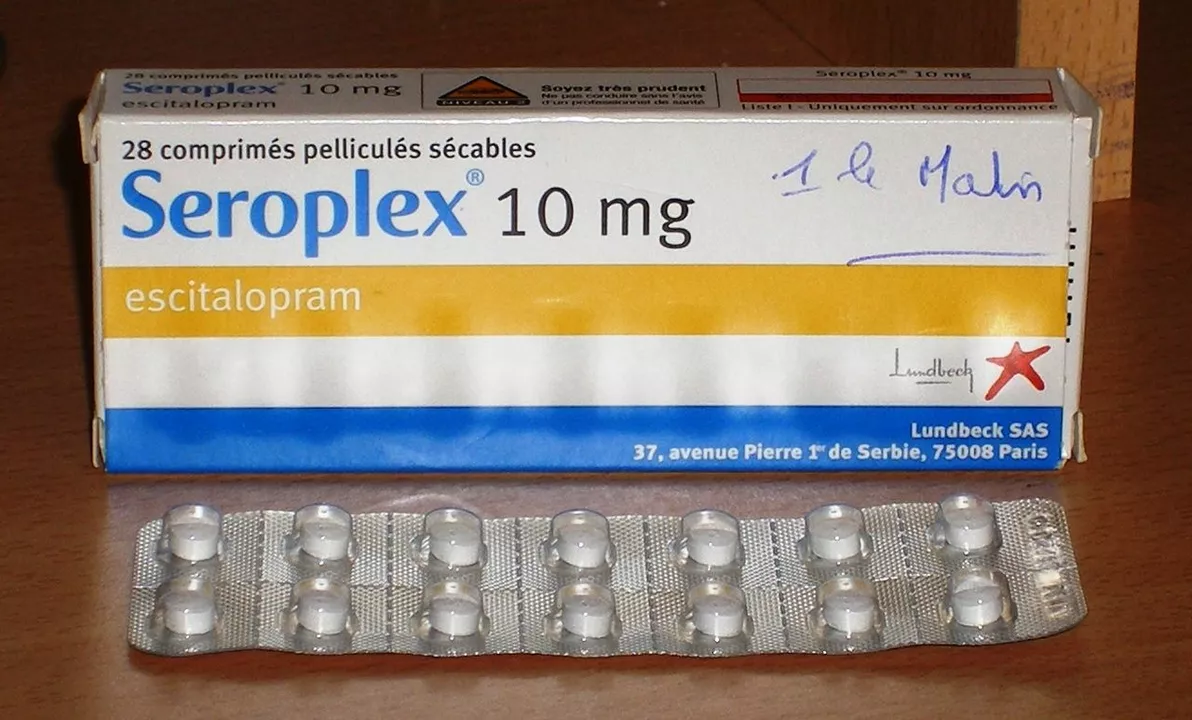Escitalopram is a commonly prescribed SSRI (selective serotonin reuptake inhibitor) used for depression and several anxiety disorders. It raises serotonin in the brain, which can lift mood and reduce worry. People usually start noticing benefits in 1–4 weeks, with fuller effects after 6–8 weeks. If you or someone you care for is starting escitalopram, here’s a short, practical guide to what to expect and how to stay safe.
Take escitalopram once daily, with or without food, at about the same time each day. A common starting dose for adults is 10 mg daily. If needed, a doctor may increase the dose to 20 mg after a week or more. Older adults and people with significant liver problems often need lower doses; doctors commonly limit them to 10 mg or start lower. Don’t crush or split extended-release forms unless the label says it’s okay.
If you stop taking escitalopram, don’t quit suddenly. Stopping abruptly can cause dizziness, electric-shock sensations, mood swings, and sleep problems. Your provider will usually recommend a gradual taper over days to weeks depending on how long you’ve been on the drug.
Common side effects include nausea, sleep changes (insomnia or drowsiness), dry mouth, and sexual side effects like reduced libido or difficulty reaching orgasm. These often improve after a few weeks, but sexual side effects can persist. If a side effect is severe or doesn’t improve, talk with your prescriber.
Watch for serious but less common issues: increased suicidal thoughts in people under 25 during the first months, severe mood changes, or signs of serotonin syndrome (agitation, fast heartbeat, high temperature, muscle stiffness). If those appear, get medical help right away.
Escitalopram interacts with several medicines. Don’t combine it with MAO inhibitors (you should wait at least two weeks between them), and be cautious with triptans, tramadol, linezolid, and St. John’s wort because they can raise serotonin and increase the risk of serotonin syndrome. Also, SSRIs can increase bleeding risk if you take blood thinners or regular NSAIDs—mention all prescriptions and supplements to your doctor.
Pregnancy and breastfeeding require a conversation with your provider. SSRIs, including escitalopram, have been linked to newborn adaptation symptoms if taken late in pregnancy, and there’s a small but debated risk of persistent pulmonary hypertension of the newborn (PPHN). Your doctor will weigh risks and benefits for your situation.
If you overdose or notice severe symptoms—extreme drowsiness, fainting, fast or irregular heartbeat—seek emergency care. For buying escitalopram online, always use a licensed pharmacy and a valid prescription. Check pharmacy credentials, look for secure payment and contact info, and avoid sites that sell prescription drugs without asking for a prescription.
Want alternatives or to switch? Common options include other SSRIs like sertraline or fluoxetine, or non-SSRI choices depending on symptoms. Talk openly with your clinician about what’s working and what isn’t—small changes in dose or timing can make a big difference.

As a blogger, I've been researching the differences between Escitalopram and other antidepressants. One thing that sets Escitalopram apart is its higher selectivity for serotonin reuptake inhibition, which may lead to fewer side effects. Additionally, it has a faster onset of action, meaning it starts working more quickly than some other antidepressants. However, it's essential to remember that every individual's experience with antidepressants is unique, and what works for one person may not work for another. Nonetheless, the unique benefits of Escitalopram make it an option worth considering for those struggling with depression or anxiety.